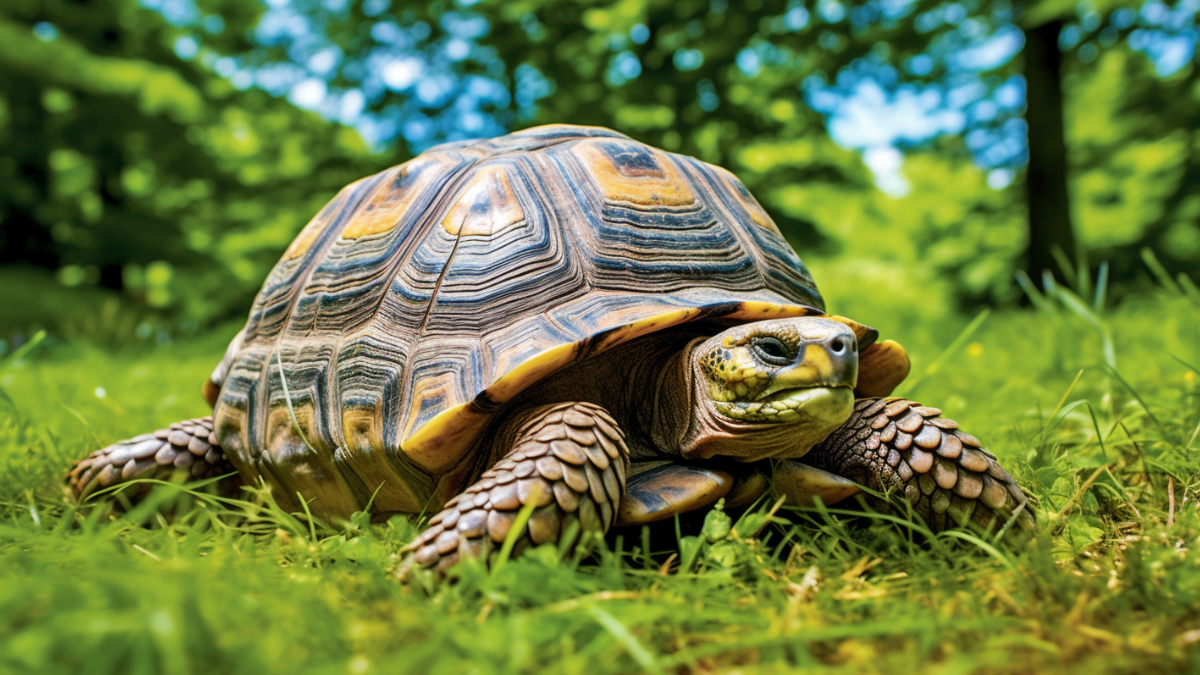Do Tortoises Need to Hibernate? A Closer Look at Their Dormant Trait
Tortoise behavior stands as a mystifying marvel. From their survival instincts and slow speed to retreating to their shells, these creatures are amazing. But as you think about their unique adaptations, one question is sure to echo in your mind:
Do tortoises need to hibernate? Well, it depends. Some species need to hibernate, while others do not need to hibernate. Those that should hibernate must do so each year. Otherwise, you risk them falling sick and having a short lifespan. An example of a species that needs hibernation is the desert tortoise.
This article will tell you everything you need to know about tortoises and hibernation. We’ll also tell you the species that need it and much more.
Do Tortoises Need to Hibernate? Factors That Determine the Need for Hibernation
Contents
Below are the things that will determine whether your tortoise needs to hibernate:
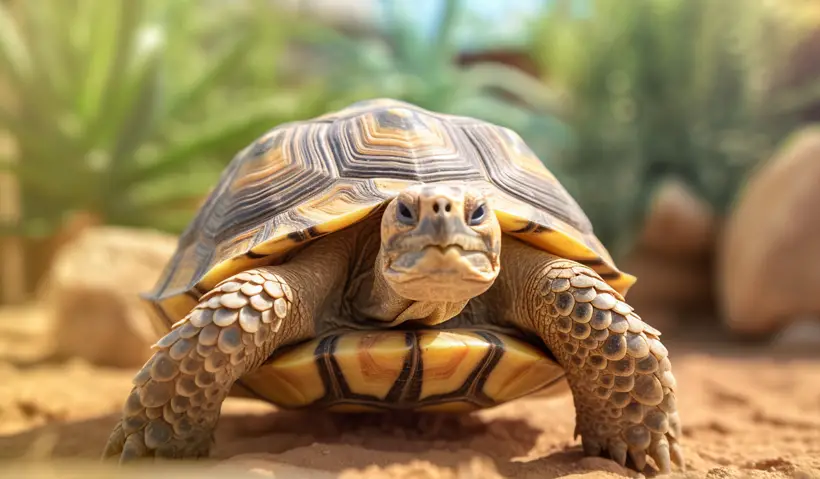
Temperature
Tortoises are cold-blooded. This means that the temperature of their body depends on their surroundings. If the surroundings are too cold, they will also be too cold. The opposite is true.
Now, when winter sets in, the air and ground become cold. Tortoises will have a change in their body temperature. However, they can’t survive extremely low temperatures that come with winter ice. That’s where hibernation comes into play.
When they hibernate, they do not need much energy. Their heartbeat even slows to save energy. The saved energy is used to keep them warm.
Also, it doesn’t make sense to stay active in snowy weather. Food is hard to come by. So, instead of spending lots of energy on finding food, they’d rather hibernate for survival.
Species
Tortoises might have the same shell fashion. But, when it comes to hibernation, they have different behaviors based on their species. Some tortoises do not even hibernate at all.
Others have learned through generations that when temperatures rise and food becomes scarce, their best option is to hit the snooze button.
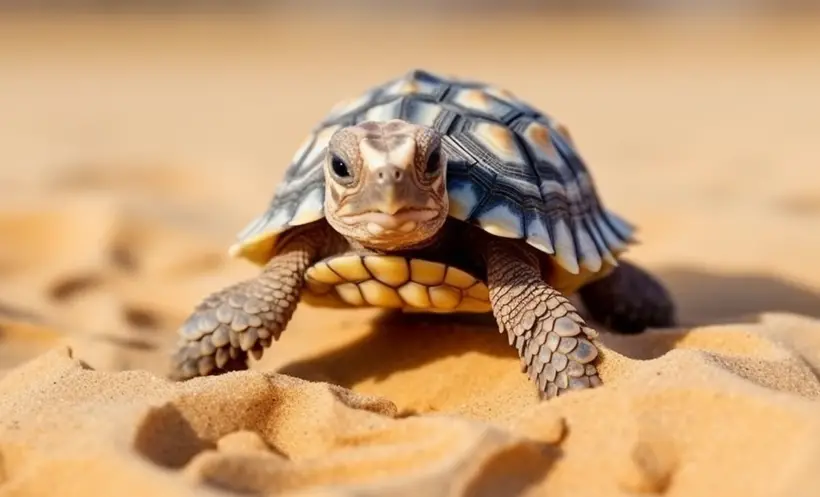
Here is a table illustrating some species that need to hibernate and the ones that do not:
| Species Need Hibernation | Species Do Not Need Hibernation |
|---|---|
| Desert Tortoise | Radiated Tortoise |
| Russian Tortoise | African Spurred Tortoise |
| Greek Tortoise | Indian Star Tortoise |
| Marginated Tortoise | Burmese Mountain Tortoise |
| Hermann’s Tortoise | Egyptian Tortoise |
| Russian Tortoise | Leopard Tortoise |
| Horsfield’s Tortoise | Red-footed Tortoise |
| Mediterranean Spur-thighed Tortoise | Aldabra Tortoise |
Nutritional Reserves
Before hibernation, tortoises kick their eating habits. They feast on food to build their reserves for energy and nutrients. When they enter hibernation, these reserves become their lifeline. They will rely on those stored nutrients and energy to survive without eating.
So, if the tortoise does not have enough reserves, it can’t hibernate. It needs to be active throughout to scavenge for food sources to protect its life. The opposite is true. With enough reserves, the tortoise will happily hibernate.
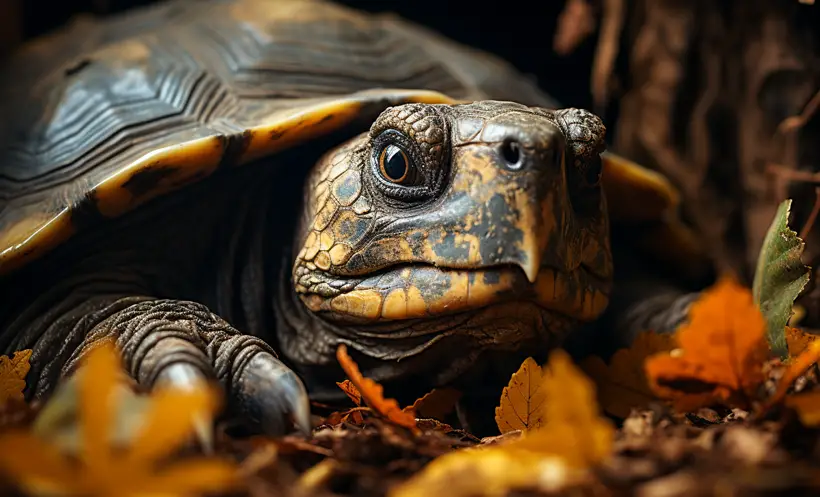
Age and Health
Middle to old tortoises are the wise elders. They have experienced a lot of winters and know the ropes of surviving one. For these veterans, hibernation is a familiar and comfortable strategy. Their bodies have been adapted to navigating the long sleep.
On the flip side, young tortoises might not be experienced in dealing with hibernation. Also, they are in their youth and have lots of energy. Most would prefer to stay active than sleep for an extended period.
Health also plays a role in this behavior. A tortoise in peak health has a robust immune system. For such, hibernation is a successful strategy to combat shortages.
How to Hibernate Your Tortoise?
Should you decide to hibernate your pet tortoise, here is the procedure you can follow:
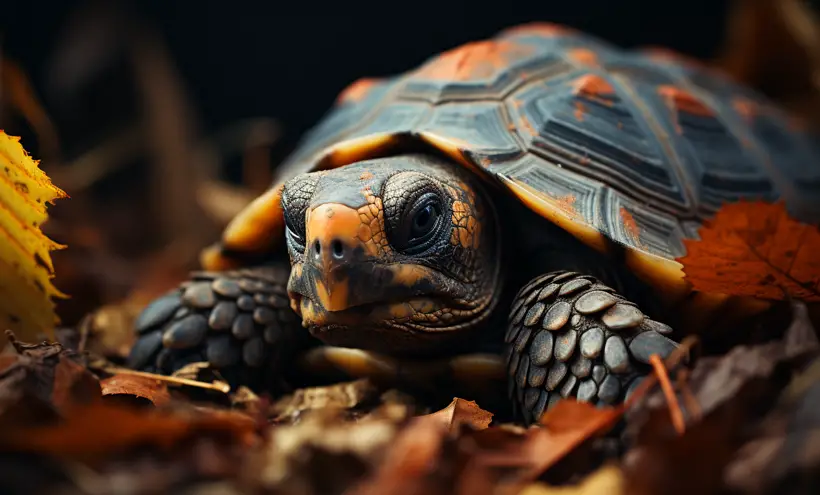
1. Ensure Your Tortoise is Fit
Before embarking on this journey, take your pet to a veterinarian. Let them issue you with a clean bill of health. If they are deemed healthy, you can go ahead with the process. If they are sick or under 4 years old, do not attempt as they do not have the necessary nutrients and immunity for hibernation.
2. Stock Up on its Energy Reserves
In the weeks leading to hibernation, ensure your pet has access to a lot of food. This will help them stock up nutrients and energy for the dormant period. If possible, keep track of their weight. Ensure they are gaining and not losing. If the weight shows a negative trend, do not hibernate them.
3. Reduce the Temperatures
Tortoises normally hibernate in the winter months. So, you need to mimic these conditions for them to start preparing for hibernation. If you do not have the mechanisms for mimicry, we recommend sheltering the tortoises outdoors in winter.
You can build them a house that doesn’t have an air conditioner and will have temperatures below 60 degrees Fahrenheit. This will best mimic conditions in their natural habitat.
4. Provide a Cozy Hideaway
Inside the outdoor shelter, provide a good hibernation spot. This could be a box, container, or a designated area that is contained. Line this spigot with soft, non-toxic beddings. We recommend using hay or newspapers.
5. Ensure They are Hydrated
In addition to giving them food, they also need water. Offer a shallow dish of water and encourage them to drink. Adequate hydration will ensure their bodies are at their peak health during dormancy.
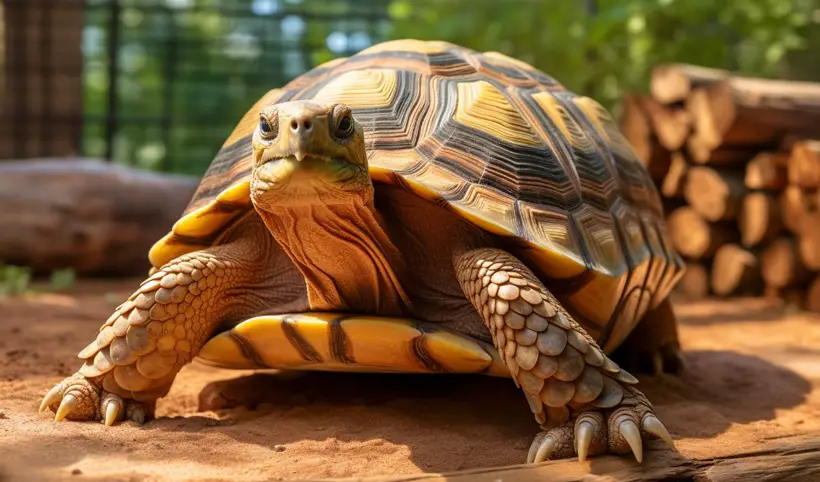
6. Let it Enter Hibernation Naturally
You can never force a tortoise to enter hibernation. It is their choice to do so. So, let them enter this phase naturally. Just observe their activities. If they start to become less active and show signs of sleeping, they are about to enter the phase.
7. Regular Checkups
Once your pet has gone to sleep, do not leave it. You need to regularly check up on it. Give its shell a gentle touch. Be careful not to wake it. Alternatively, you could just observe from afar if it is breathing.
When to Bring Your Tortoise Out of Hibernation
You should only wake up your tortoise once winter starts to wean. You do not need to tap on their shell. They can wake themselves up after 44 to 49 days.
Once they are awake, do not expect them to be active immediately. They will take time to fully wake up. Start by offering them water and food to refuel their energy.
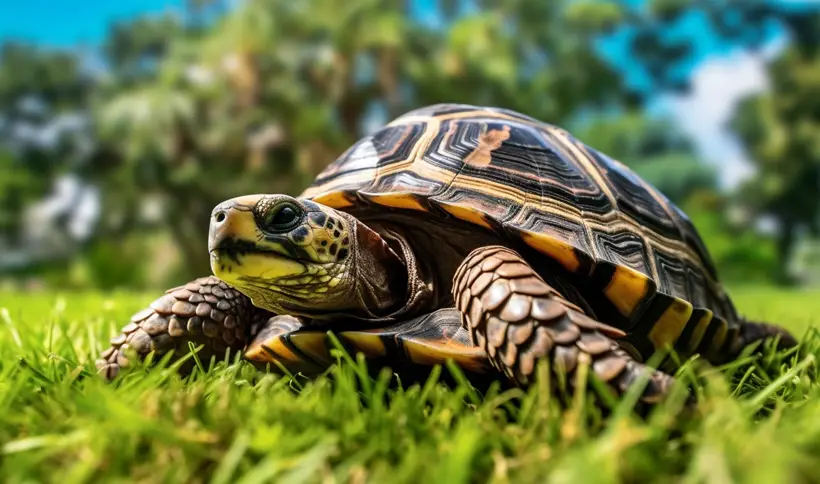
FAQs
Here are answers to questions that will come up in the process:
For tortoises adapted to hibernating, skipping this process can be detrimental. Hibernation helps them reset their biological clocks. It also helps in maintaining overall body health. Without it, they will face health issues, reduced lifespan, and vulnerability to diseases.
No. Tortoises from warm areas like Africa are not naturally adapted to hibernation. Just maintain steady temperatures in their habitat and give them enough food during winter.
Yes, you can. However, we recommend replicating their natural conditions as closely as possible. If your indoor space is warm, they will not hibernate as they should.
Conclusion
The above information answers the question, do tortoises need to hibernate? This behavior or the need to go to dormancy, is affected by several factors. Hence, not all tortoises need to hibernate. For instance, those from the equator region do not need to enter dormancy.
Should your tortoise pass all the checks for hibernation, ensure it does so. It has to undergo this crucial process for it to be healthy and live with you for long.

